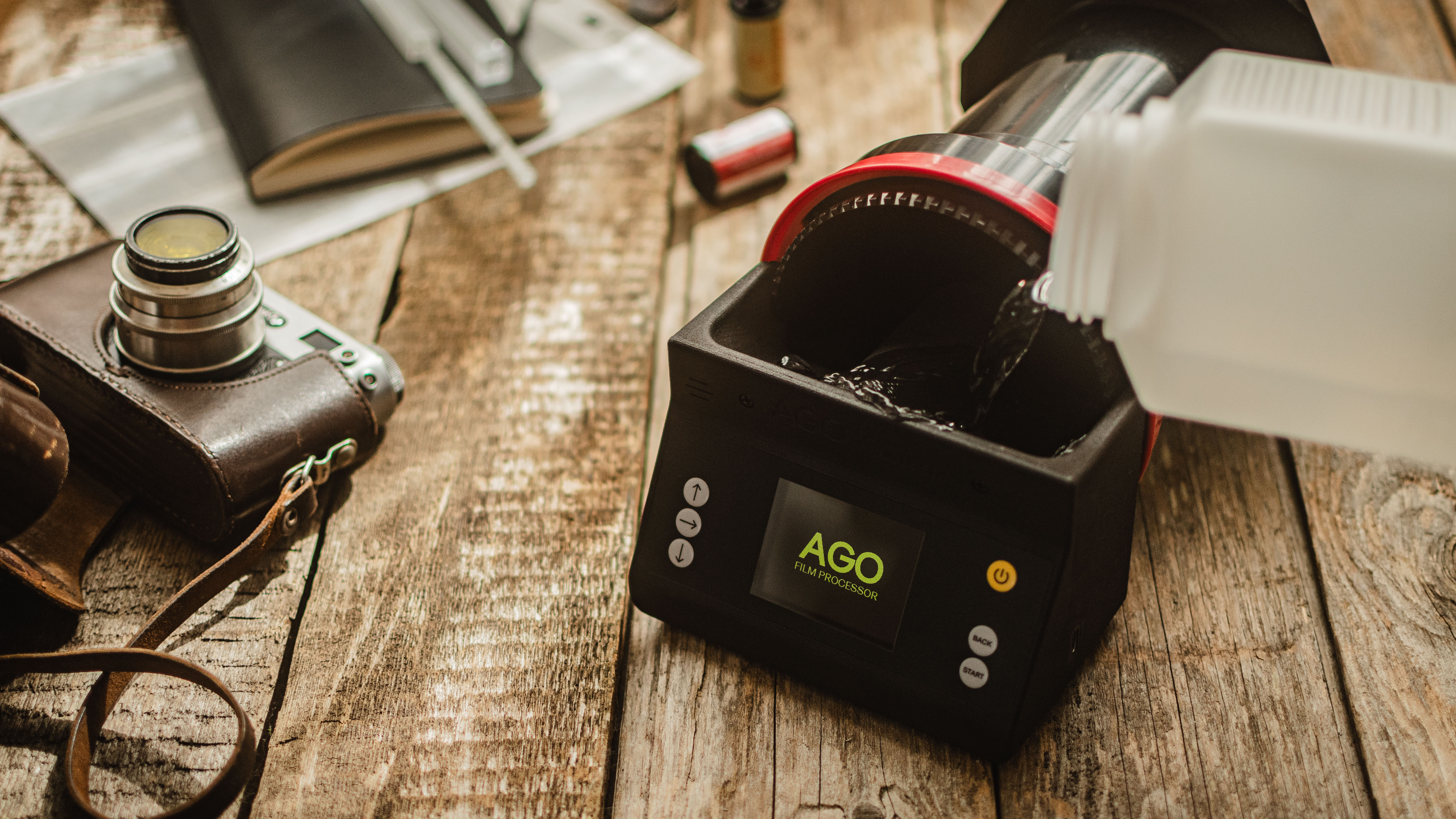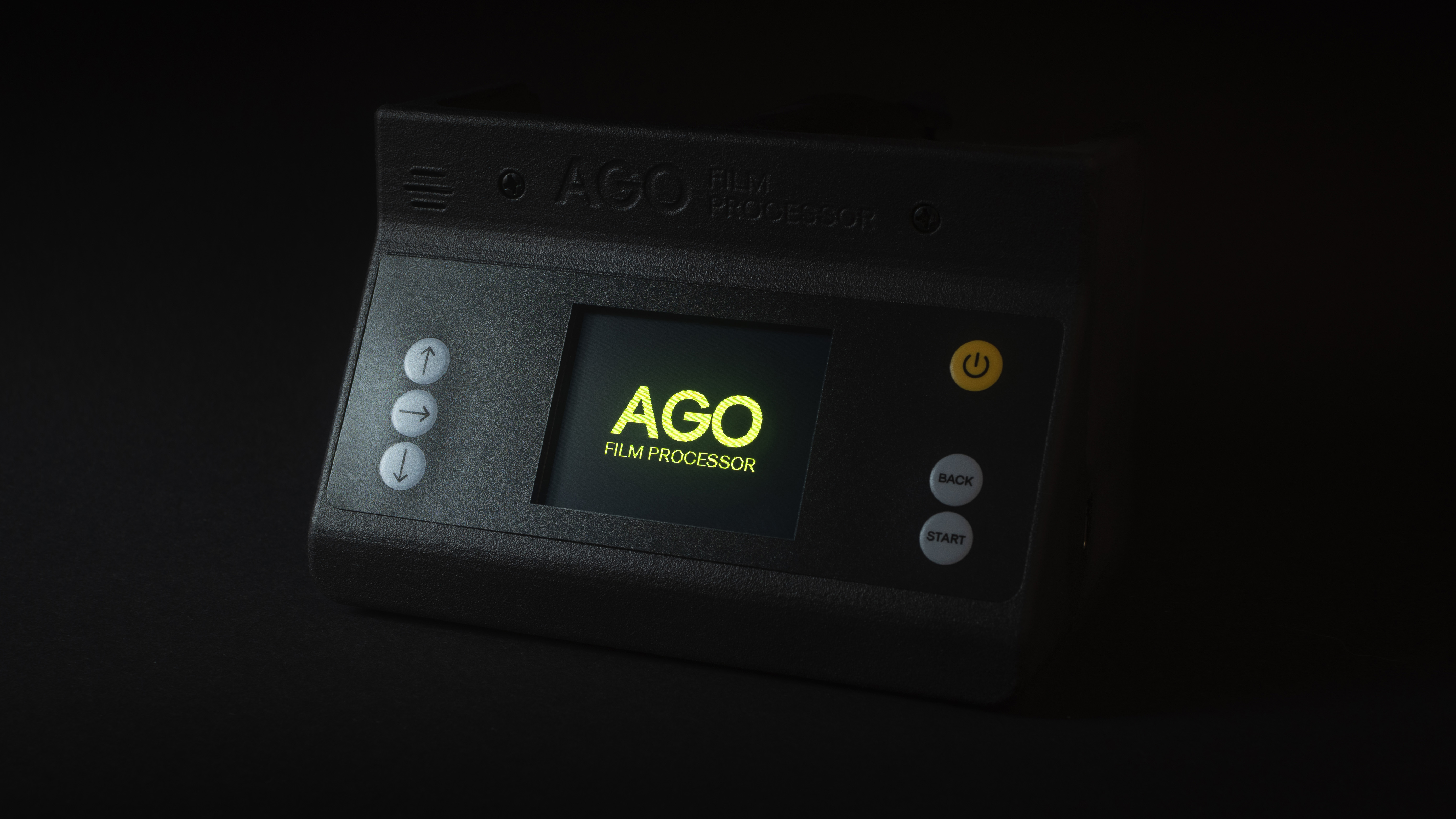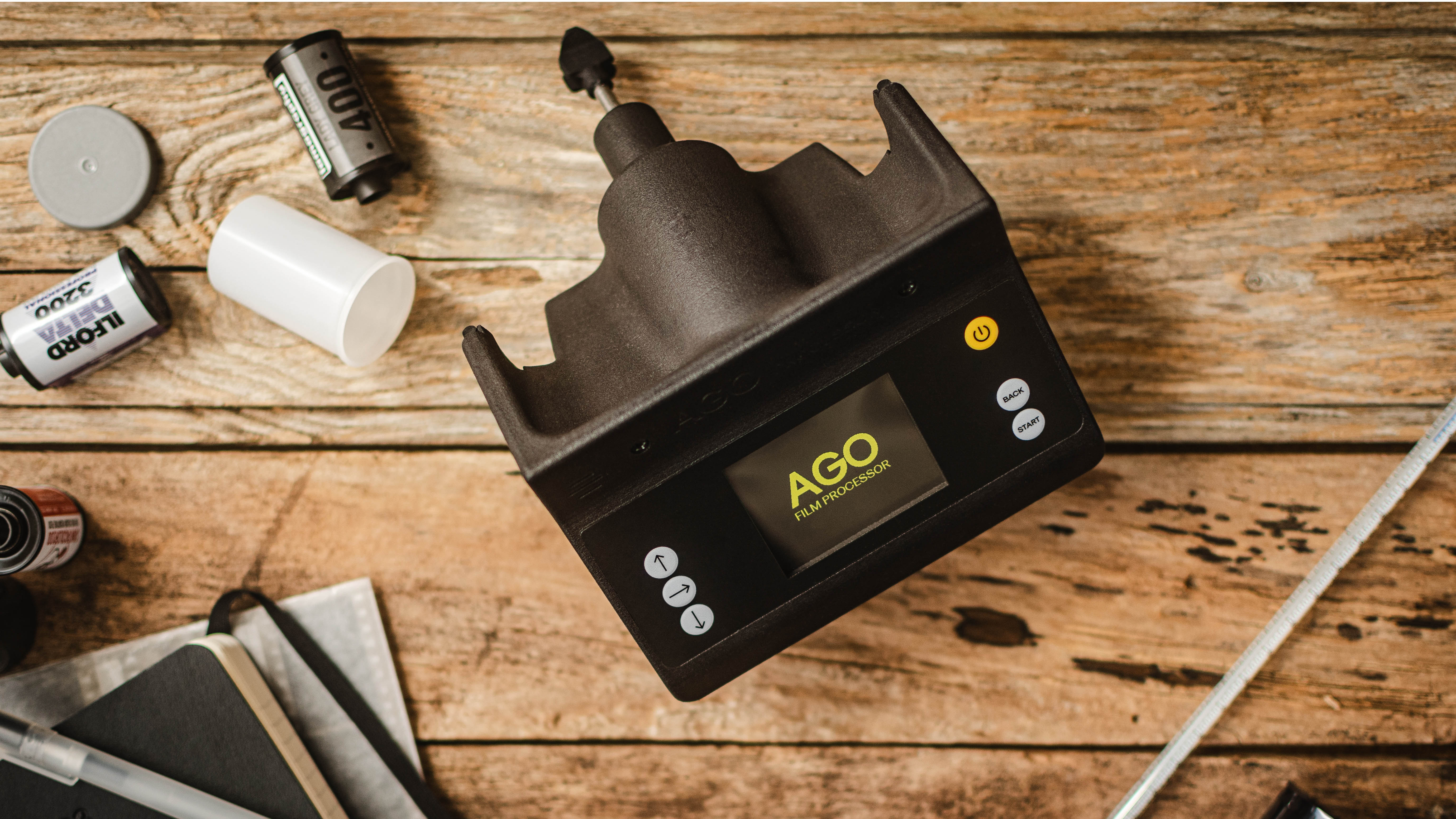Make film development at home easy with the AGO semi-automatic film processor
Process 35mm film in a controlled environment without the need for darkroom

The AGO home film processor from Capix is the company's first foray into the consumer photography market, leveraging extensive experience in commercial film processing to meet the needs of both professional and enthusiast photographers.
This new product, developed in collaboration with Vintage Visual and supported by a successful crowdfunding campaign, promises to revolutionize home film processing.
With its compact design and affordable price point, the AGO brings the joy and practicality of home film processing to a broader audience.

Despite its small size, the AGO offers specifications and performance typically found in larger, professional-grade machines. It is designed to fit seamlessly into any home, making high-quality film development accessible to a new generation of film enthusiasts and seasoned professionals alike.
The AGO is versatile, capable of developing B&W, C-41, E-6, ECN-2 films, and even RA4 paper, accommodating various film formats, including 35mm, medium format, and 4:5. Its compatibility with the Paterson super system 4 allows it to handle a wide range of film quantities.
The AGO won one of our Best in Show Awards when we saw it at The Photography & Video Show earlier in the year - but now we know that it will be going on sale shortly.
The processor is equipped with intelligent features that simplify the home development process, such as automatic agitation, chemical reminders, and pre-set programs for different film-developer combinations, and a groundbreaking time compensation feature adjusts processing times based on chemical temperatures, ensuring consistent results without meticulous temperature management - which sounds like a joy, and means if your anything like me you won't need to referee to all your film developing notes when the temperature changes.
Get the Digital Camera World Newsletter
The best camera deals, reviews, product advice, and unmissable photography news, direct to your inbox!

For film photographers who prefer manual control, the AGO offers flexible operation, allowing them to modify development times and methods to achieve their desired results - perfect for those who like to push the boundaries with developing.
The processor’s horizontal rotational agitation mode significantly reduces chemical usage by up to 60%, depending on the tank size and use case. Additionally, it can be used in vertical mode for high-precision work, ideal for films that require specific developing agents or reduced agitation.
The AGO home film processor will be available in the summer and will retail for £450 - approximately $575. While this might be a big investment for analog photographers, having the ability to quickly and intelligently adjust development times on the fly will save you a fortune in film, and chemicals in the long run, which outweighs its initial price tag.
See our guide to the best darkroom equipment, and get yourself kitted up for home film processing and printing

For nearly two decades Sebastian's work has been published internationally. Originally specializing in Equestrianism, his visuals have been used by the leading names in the equestrian industry such as The Fédération Equestre Internationale (FEI), The Jockey Club, Horse & Hound, and many more for various advertising campaigns, books, and pre/post-event highlights.
He is a Fellow of the Royal Society of Arts, holds a Foundation Degree in Equitation Science, and holds a Master of Arts in Publishing. He is a member of Nikon NPS and has been a Nikon user since his film days using a Nikon F5. He saw the digital transition with Nikon's D series cameras and is still, to this day, the youngest member to be elected into BEWA, the British Equestrian Writers' Association.
He is familiar with and shows great interest in 35mm, medium, and large-format photography, using products by Leica, Phase One, Hasselblad, Alpa, and Sinar. Sebastian has also used many cinema cameras from Sony, RED, ARRI, and everything in between. He now spends his spare time using his trusted Leica M-E or Leica M2, shooting Street/Documentary photography as he sees it, usually in Black and White.
